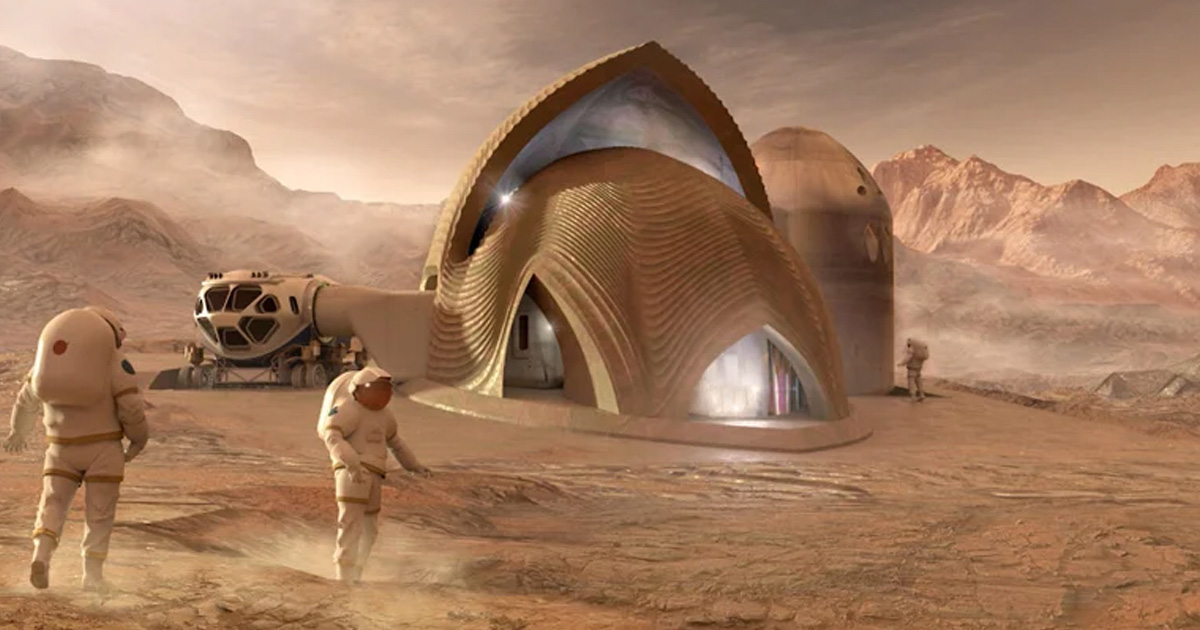Scientists have tested a material based on a mixture of Martian dust and titanium. They printed the part on a 3D printer. Researchers suggest using this technology to build a base on the red planet.

Martian dust and Titan
Scientists from Washington National University have created a number of composite materials based on Martian dust and titanium in powder form. More precisely, they used a mixture that, in its chemical and granulometric composition, corresponds to the samples that the rovers examined on the red planet.
The researchers experimented with the composition of the mixture, changing the dust content from 5 to 100 percent. Depending on this, the mechanical characteristics of the final material changed. The mixture was used as a raw material for a 3D printer, which fused it with a laser at a temperature of 2000 degrees Celsius and printed the parts.
The team of scientists who published this study in the International Journal of Applied Ceramic Technology is not the first time using space materials as a material for 3D printing. 10 years ago, they used a mixture simulating a lunar regolith in order to make parts from it on a printer.
Material for the Martian base
The resulting parts have different characteristics depending on the composition. For example, the samples are 100 percent made up of Martian dust just crumbled. But the researchers are still confident that this material will be useful at least as coatings.
But the parts containing a high percentage of titanium showed very high thermal and mechanical performance. Behind them, they surpassed even pure metal. This is often the case with strong composites.
Scientists believe that their research is critically important for the construction of a Martian base. The fact is that every kilogram of cargo delivered to the red planet costs even more than its equivalent in gold on Earth. Therefore, everything that can be built from local materials must be built from them. And it is in this capacity that a 3D printer can be very necessary.
According to phys.org
Follow us on Twitter to get the most interesting space news in time
https://twitter.com/ust_magazine

